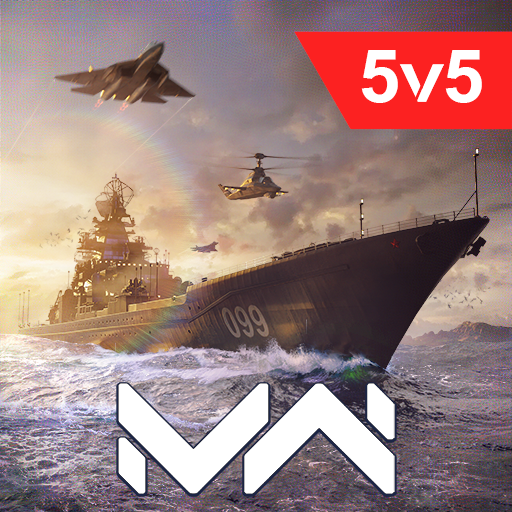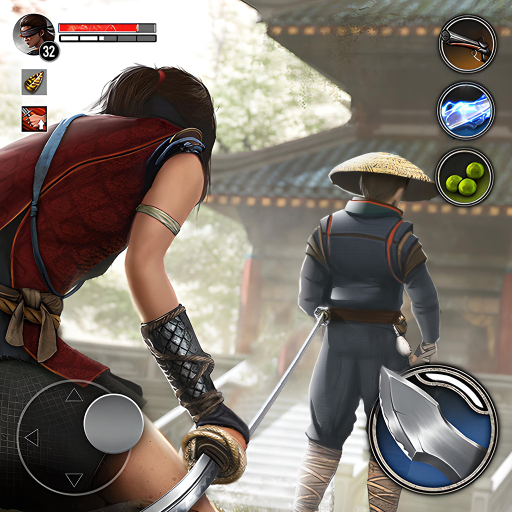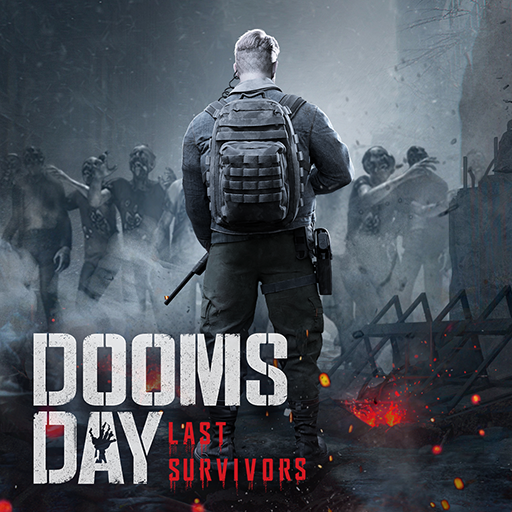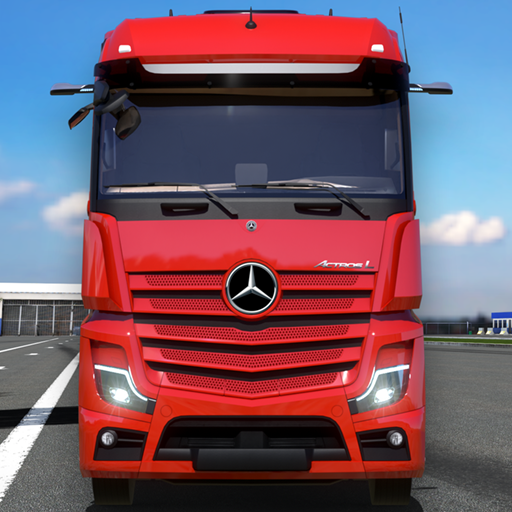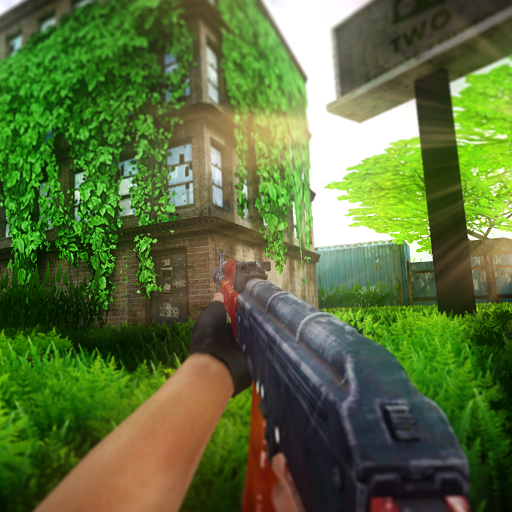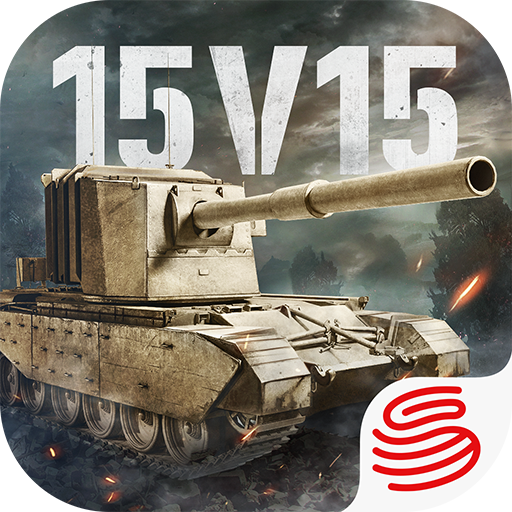On the stage of modern naval warfare, aircraft carriers are definitely one of the main characters, and can even be said to be the "commander" of maritime combat. So how do you play with a modern warship carrier? Unlike traditional warships, carriers don't just rely on cannons for firepower; their true core lies in the carrier-based aircraft. In this game of modern warships, mastering the use of carriers is key to improving combat efficiency. Next, we will introduce the key points of carrier gameplay, taking you from a novice to an expert.
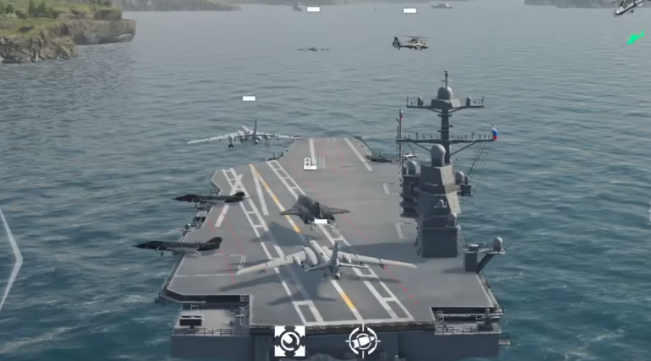
The essence of a carrier is not in direct firepower output, but in its long-range strike capability and control over the situation. Carriers execute various missions by carrying different types of carrier-based aircraft. For example, fighter jets are responsible for air-to-air combat, attack aircraft are used to strike enemy ships, and drones handle reconnaissance and information warfare. This means that carrier players need to pay attention not only to the attack output of the carrier-based aircraft but also to the changes in the battle, reasonably scheduling the aircraft to gain the upper hand in long-range battles.
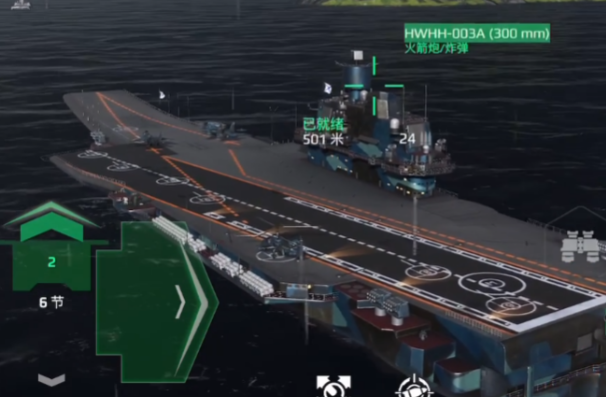
Each carrier has its unique characteristics and advantages. For example, the USS Gerald R. Ford has strong aircraft-carrying capabilities and high sortie frequency, making it a typical "strike-type" carrier suitable for suppressing the enemy's main force. However, its mobility is relatively slow, making it vulnerable when enemies approach. In contrast, the Kuznetsov-class carrier has higher durability and powerful anti-ship missile systems, making it suitable for mid to short-range battles to suppress enemies, though its carrier-based aircraft firepower is slightly weaker, relying on its own defense systems to make up for the deficiency. The Fujian-class carrier, on the other hand, focuses on cost-effectiveness, combining the number of carrier-based aircraft and striking power, and also has EMP interference capabilities, effectively disrupting the enemy's operational rhythm. However, its air defense capability is weaker, requiring extra caution when facing aerial pressure.
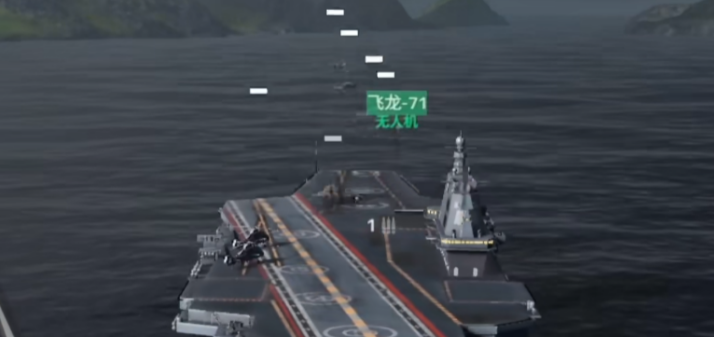
As for the actual operation of carriers, the key lies in maintaining good battlefield positioning. In battle, the carrier should not be the vanguard charging forward, but rather a role providing rear support. The presence of a carrier is to provide continuous air suppression and reconnaissance for teammates, so its survivability is more important than short-term burst damage. If the carrier is destroyed, it often leads to the collapse of the entire battle. Therefore, the carrier must always remain vigilant, choosing appropriate routes, avoiding direct contact with the enemy's main firepower, and trying to avoid being concentratedly attacked through flanking or covert routes.
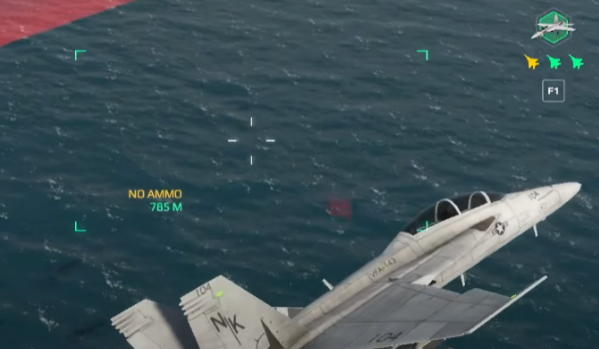
Tactically, carrier players need to pay the most attention to the scheduling and tactical selection of carrier-based aircraft. Unlike the cannon fire output of traditional warships, the strength of a carrier lies in its flexible and versatile combat methods. For example, when the enemy fleet's firepower is dense, priority can be given to highly maneuverable fighter jets for disruption, using speed advantages to force the enemy to disperse their firepower. If the enemy carrier or air defense ships approach, high-damage heavy attack aircraft can be chosen for precise strikes, weakening the enemy's air defense capabilities, followed by sending out drones for subsequent suppression. These operations require players to have strong command skills, reasonably arranging the tasks of each carrier-based aircraft, to find breakthroughs in complex battlefields.
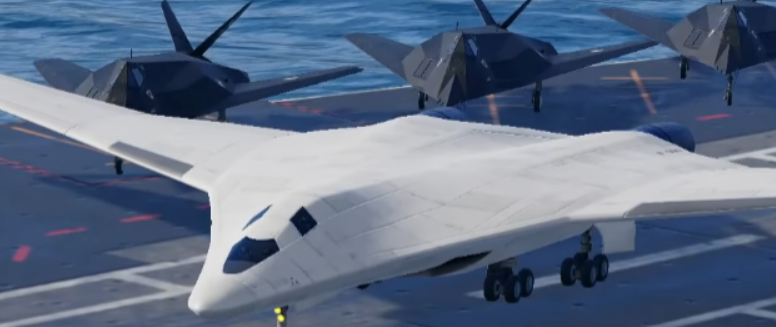 ,
,
It's worth noting that the role of a carrier in team coordination is also extremely important. Through the marking of reconnaissance drones, the carrier can provide accurate enemy position intelligence for the team, helping teammates formulate effective offensive strategies. At the same time, the carrier's aircraft can coordinate with teammates' warships, forming a "suppression chain" tactic. For example, the carrier can first send out drones for EMP interference or breaching defenses, followed by cruisers launching missiles for "harvesting." This type of coordination can quickly dismantle the enemy's formation, achieving twice the result with half the effort.
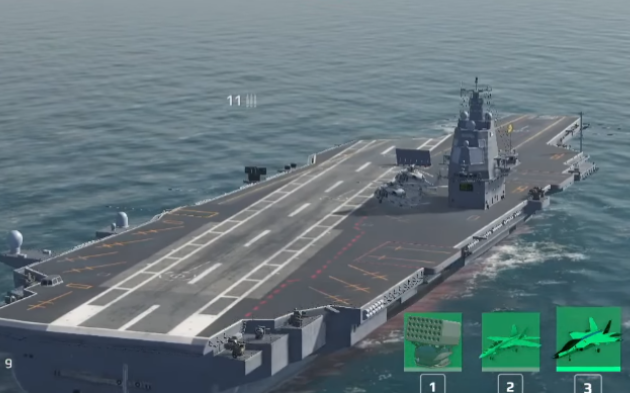
The above is the content on how to play with a modern warship carrier. After mastering these techniques, you will find that the carrier is not just a powerful unit in combat, but also a battlefield coordinator and rhythm controller. Its presence can help the team better control the battlefield situation, break the enemy's formation, and provide more attack opportunities for teammates. To truly play well with a carrier, you must have keen battlefield insight and good operational rhythm, allowing you to stand out in the complex naval battles.

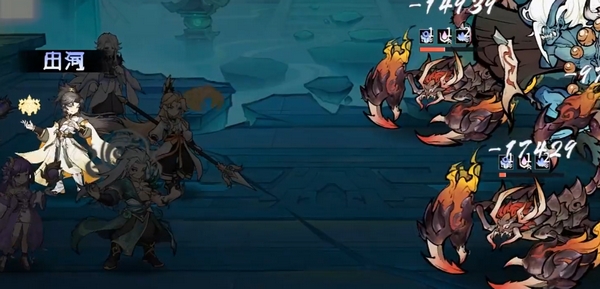




 ,
,
